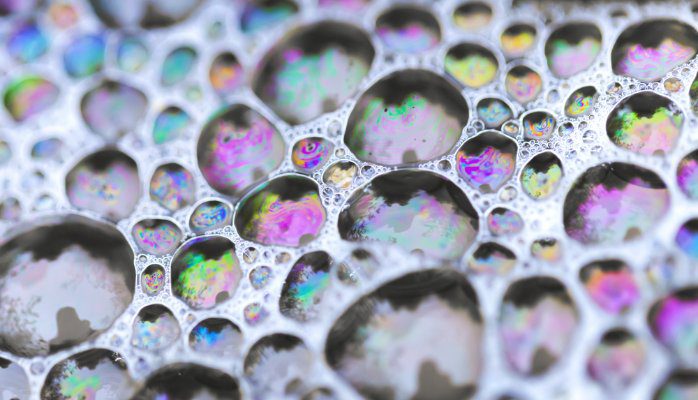
Antifoams: A guide
2 December 2016
In industrial processes, foam poses serious problems, causing defects on surface coatings and preventing the efficient filling of containers. It is generally caused when at least one component in the mixture (or process liquid) is surface active.
Eliminating foam can reduce waste, increase productivity, improve production costs and, consequently, save money.
WHAT ARE ANTIFOAMS?
An antifoam/defoamer will not only suppress foam, but it will inhibit its formation. Water based defoamers are usually oils or waxes dispersed in an aqueous base, typically a type of ester, soap or alcohol, while oil based defoamers are generally waxes, and possibly surfactants, in an oil carrier. Typical waxes are paraffin, ester or fatty alcohol.
Such chemicals are, in most instances, completely insoluble in the foamy medium. Droplets of these insoluble liquids spontaneously enter the bubble, spread across it, and the mechanical disruption thus imparted to the bubble causes it to rupture, resulting in breakdown of surface foam.
WHY USE PETRICO’S PRODUCTS?
Petrico’s Suretech® anti-foaming agents are world class products that reduce foam formation across an extensive array of industrial processes. The range demonstrates exceptional foam control performance and quick knockdown. With low treat rates, from as little of 0.25% in formulation, the Suretech® range is a high quality solution, controlling foam challenges on a global scale.
In addition, every Petrico customer benefits from the business’ value added service, developed from 30 years of industry expertise and extending to products, market knowledge, technology and sustainable solutions.
WHAT NOW?
For more information on antifoams/defoamers and Petrico’s full range of products, click here or, for more information contact us on +44 (0)1270 759128 // sales@petrico.com.